3 Trends Dominating CRE Today
Veteran industry analyst Alexander Paul pinpoints the issues that need to be closely watched.
The COVID-19 pandemic precipitated significant change in the commercial real estate market, and asset owners and tenants continue to adjust. As 2021 winds down and investors and occupiers seek to move into a post-pandemic environment, how are the industry’s largest brokerages preparing their clients for this new era? We can derive insights into which market trends investors and tenants believe are of greatest import—and how their service providers are guiding them—by examining the recent thought leadership these firms have published. While the industry’s largest service providers routinely release content on a variety of subjects and property types, three key topics are currently receiving outsized attention:
- How are office-using employers evolving to meet the changing demands of their workforces for greater flexibility in the use of their workspace? That is, what types of hybrid workplaces are ahead, and what will that mean for overall demand for office space?
- Given the disruption the pandemic has caused to daily routines and the human toll it has taken, how are employers adapting their real estate to enhance their employees’ well-being?
- Following the rapid escalation in e-commerce during the pandemic, and the concurrent increase in demand for warehouse space, how are developers meeting this market need?
Evolving Hybrid Workplace
In an August white paper, CBRE highlights two critical considerations for the post-pandemic office workplace: there is no one-size-fits-all approach to office design, and many employees would prefer flexible scheduling. Notably, in a recent workforce sentiment survey the firm conducted, 85 percent of employees said they would prefer to work virtually at least two to three days a week. Consistent with those wishes, CBRE’s recent Occupier Sentiment Survey revealed that 87 percent of large companies said they will be adopting a hybrid work program. However, these programs vary, with different scheduling restrictions organized by team, or with all employees required to spend a minimum amount of time in the office. Equity is a key consideration of hybrid work plans—ensuring that employees who work remotely are treated fairly and also that they are contributing and communicating adequately.
Occupiers may prefer to keep their hybrid plans flexible, too—the perceived decline in demand for office space due to the evolving workplace may already be easing, with only 9 percent of office tenants likely to follow through on a significant shrinking of their footprint, according to CBRE. This compares to 39 percent at the outset of the pandemic in March 2020, although Cushman and Wakefield notes that as of September 2021, only 40 percent of all global office workers had returned to the office, further underscoring the importance of flexibility. In its own study, JLL underscores that while office-centric, hybrid, and remote-first work plans are all viable for different types of firms, employees need the right technology to ensure seamless collaboration, which is essential to maintaining strong productivity. The evolution of hybrid work schedules and the space needed to accommodate them promises to be a top concern well into 2022.
Supporting Employee Well-Being
Similar to the challenges of developing a functional hybrid workplace are the obstacles to reintegrating employees back into an office setting after a year or more of remote work. How do managers engage and support their staff? As JLL notes in a new piece, remote work often led employees to feel isolated and disconnected. Offering mental health resources as well as outdoor spaces, meditation rooms and other inclusive amenities can ease the transition back to the office. In fact, as Cresa highlights, thoughtfully designed real estate can incentivize employees to return to the office and may help occupiers attract and retain top talent—an essential feature in a labor market short on supply. Ash Pajoohi, head of Portfolio Strategy and Consulting at Cresa, commented that “as office work becomes more purpose-driven, smart companies will curate workplace ecosystems that directly support employee needs from both a productivity and health and well-being standpoint.”
Demand for Warehouse Continues to Increase
One of the glaring economic repercussions from the pandemic is the disruption to the supply chain; it is harder now to get everything from furniture to auto parts than it was two years ago. As Newmark notes, the lack of land for industrial development is one obstacle to meeting demand for warehouse space that could ease supply chain challenges. While insufficient labor supply at ports also presents a challenge to the efficient movement of goods, a lack of space for cargo cannot be rectified without properly zoned land for new development of modern warehouses, including at some of the 500,000 U.S. brownfield sites. Lisa DeNight, director of National Industrial Research for Newmark, noted that “redevelopments are critical to addressing the long-term need for more industrial space.” They are particularly important in gateway markets, given the scarcity of land.
As a Cushman roundtable highlights, last-mile facilities are particularly important to the timely delivery of goods, including food and beverage items. The current supply chain problems are due in part to a pre-pandemic change in approach; as Ken Reiff, co-lead of the Food & Beverage Advisory Group for Cushman & Wakefield, noted, “Prior to the pandemic, supply chains had shifted to a just-in-time format to increase efficiencies.”
This has combined with insufficient incentives for labor and a need for new industrial development to reduce economic capacity. Reiff estimates that the food and beverage supply chain—which is only a portion of the overall movement of goods—could need 18 to 24 months to resolve its current issues.
The hybrid work environment, employee well-being, and the rising demand for warehouse space are receiving so much attention from service providers and their clients because the pandemic dramatically shuffled how and where people work and wish to spend their time, as well as how they acquire goods. As COVID-19 recedes and its impacts become clearer, expect to see more thought leadership on whether the adaptations asset owners, occupiers and consumers made are working as intended.
Sandy Paul is an expert on commercial real estate research, market analysis and thought leadership. He is a 20-year veteran of the industry and most recently served as Newmark’s Senior Managing Director of National Research.


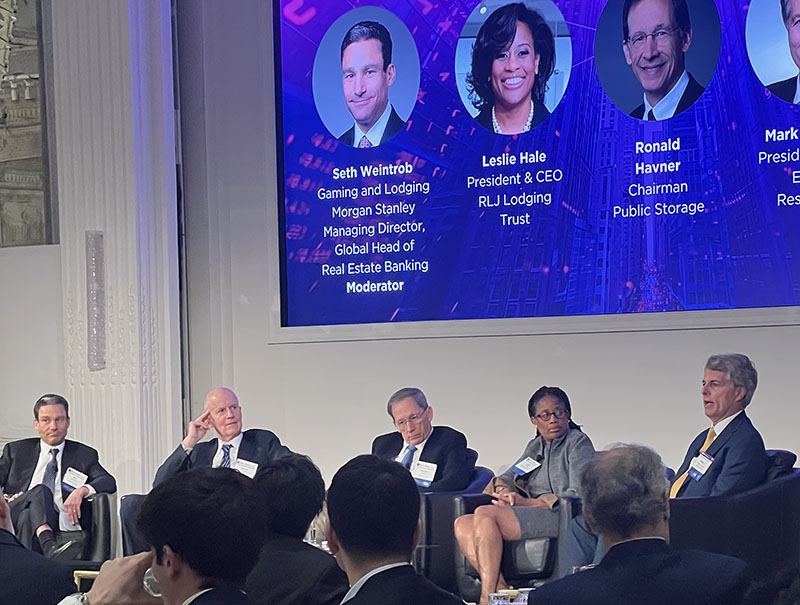
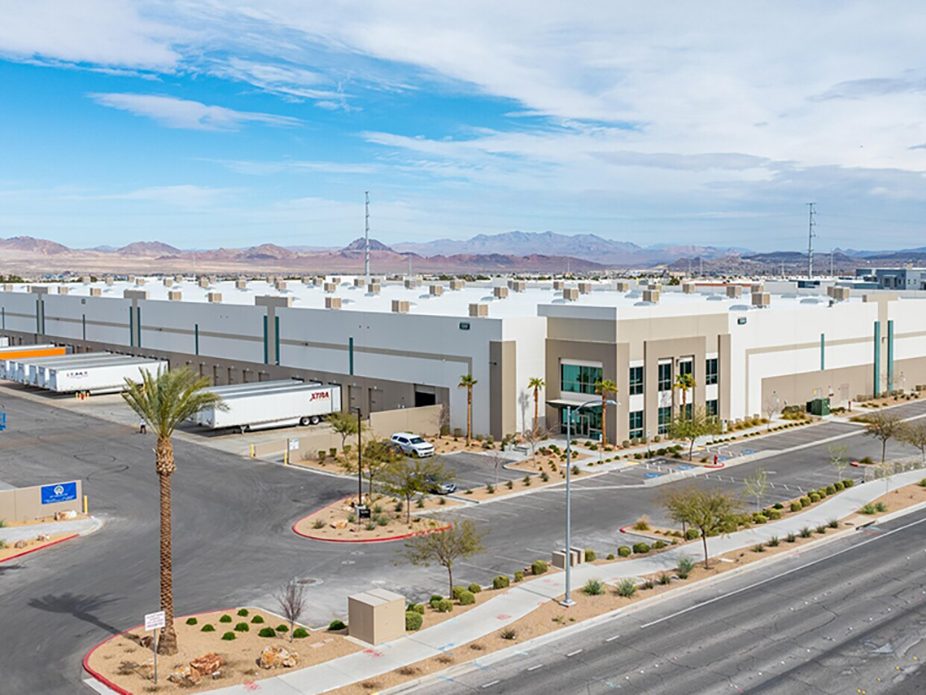

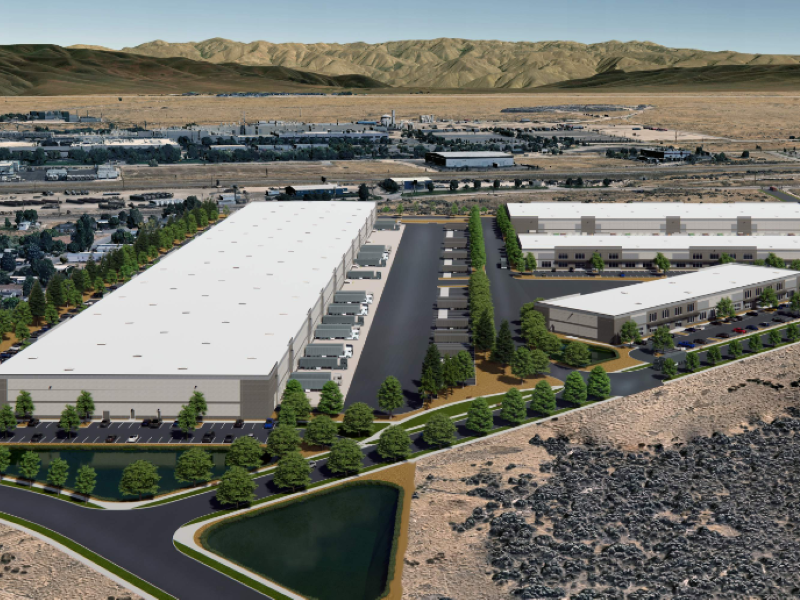
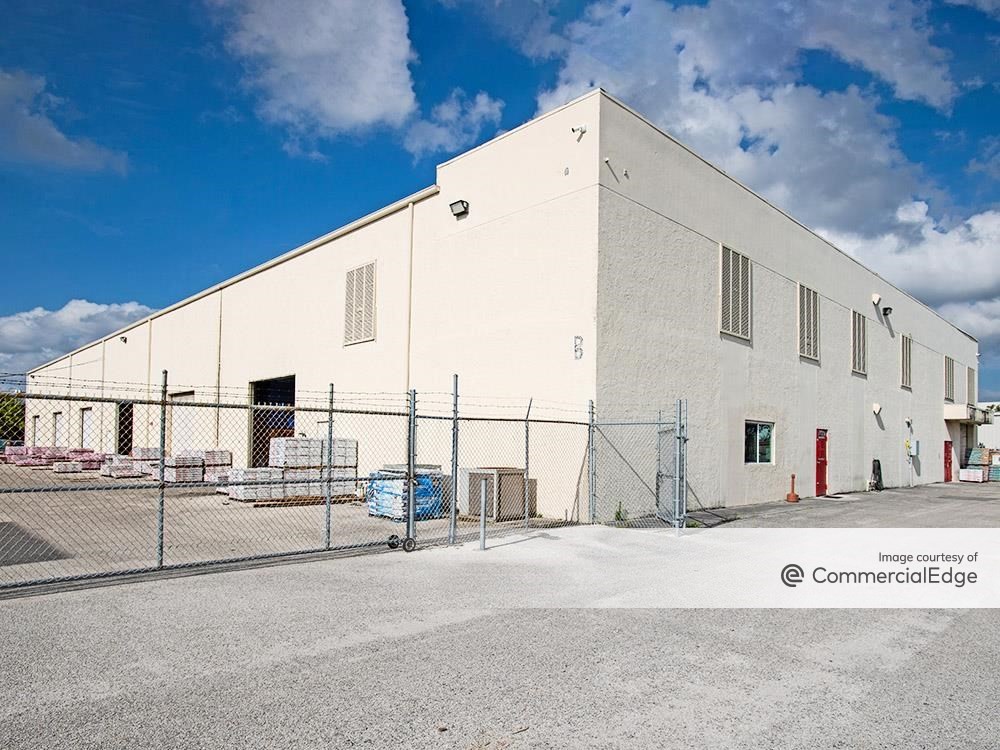
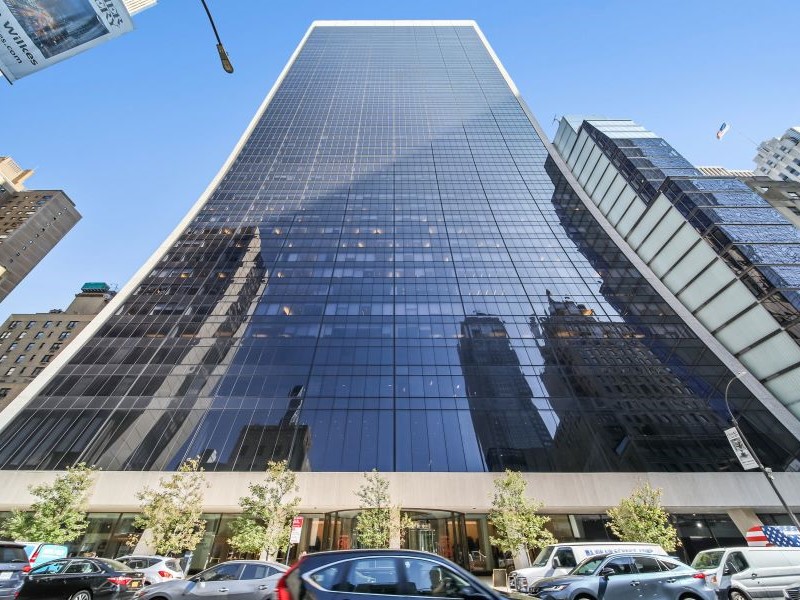
You must be logged in to post a comment.